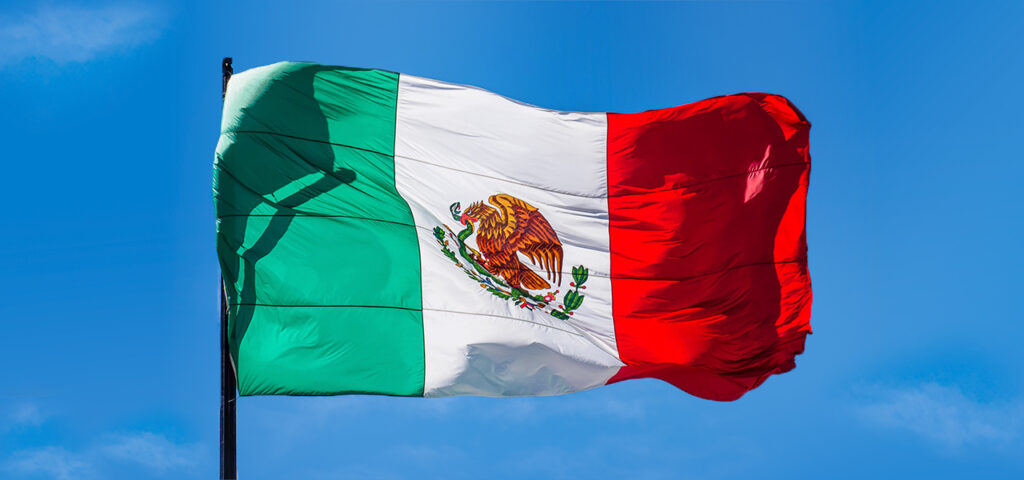What is an Emission Trading System (ETS)?
An Emission Trading System is an instrument based on the “cap and trade” principle, whose premise is to set a limit on GHG emissions that can be emitted by one or a group of economic sectors.
Under this mechanism, each year is fixed a maximum amount of GHG that can be emitted to the atmosphere. Year after year, this limit is reduced with the purpose of promoting the efforts that should be made by companies to reduce their emissions.
Within the established limits and under this mechanism, the participants can buy and sell the emission allowances that have been assigned to them. For instance, an ETS is a powerful tool to change the behavior of companies, by motivating them to reduce their GHG emissions. It is possible that, by doing this, they can receive extra incomes from the selling of allowances that may be spared to other participants that couldn’t achieve their goals.
Mexico’s NDCs and its relationship with the implementation of an ETS
Mexican ETS
According to the Nationally Determined Contributions (NDC), published by the Mexican Government, México committed to reduce their GHG emissions by 22% in 2030, based on their pledges taken under the Paris Agreement.
To accomplish this commitment and reach their climate goals, México has decided to implement an ETS, which has shown results in other countries and states by changing the behavior of producers, and leading them to reduce their emissions.
With the implementation of this mechanism, México became the first country in Latin America to launch an ETS, which turned them into a leader in terms of policies to achieve climate goals in the region.
Mexico’s General Law on Climate Change and Generalities of the ETS
It is well known that for achieving international commitments, countries must establish national laws or regulations. In article 94 of the General Law on Climate Change, the Mexican government established the objective of implementing, in a progressive way, a national ETS. Mainly, with the aim to reduce GHG emissions produced by the industry and energy sectors.
This ETS will begin with a pilot of 3 years, starting in January 2020 and ending in December 2022. During the pilot, companies won’t have an economic impact, and neither will there be monetary sanctions for non-compliance. However, this will help the participants to get familiarized with the tool and will help the government identify the adjustments required for the real ETS, whose operative phase will start in 2023.
Under this mechanism, the government will assign and distribute free emissions allowances to each company or participant, corresponding to their emissions between the years 2016 and 2019. There, each year will be a reserve of the 10% of the total volume of allowances, for new participants and for increases in the production of the companies already participating. Regarding the auction scheme under this ETS, 5% of the permissions will be retained and stored in a reserve, for being distributed in the following year.
Sectors covered by the ETS
This program will cover industry and energy sectors (like most ETS around the world). The participants will be those whose emissions exceed the 100,000 tCO2 per year. It is expected that with these characteristics, the ETS can cover 45% of the national emissions. Below are the main activities within the Mexican ETS:
- Exploitation, production, transport and distribution of hydrocarbons
- Electricity generation, transmission and distribution
- Automotive industry
- Cement industry
- Chemical industry
- Food and beverage industry
- Glass industry
- Steel industry
- Metallurgical industry
- Mining industry
- Petrochemical industry
- Pulp and paper industry
Flexibility
When a compensation program interacts with the ETS, offsets can be used to demonstrate compliance within the mechanism, by exchanging 1 carbon credit for 1 emission allowance.
This flexibility mechanism allows the companies to accomplish their obligations at a lower price than buying other participants allowances. Also, it promotes the funding of projects that remove or reduce GHG emissions in the atmosphere.
These offsets can be used to accomplish 10% of the obligations of each company. The projects from which the offsets come, must be located in the national territory, be approved by the Secretariat of Environment and Natural Resources of Mexico (SEMARNAT) and be validated and verified by an authorized body.
The topics explained above are subject to modification, according to the changes that the government will make for the implementation of the ETS in 2023.
At ALLCOT Trading, our mission is to promote additional sustainable impact with every transaction. If you want to achieve this in a fair, transparent and win-win scenario, contact us and together we will make it happen.



